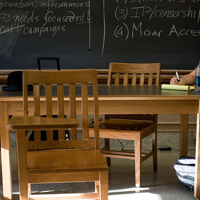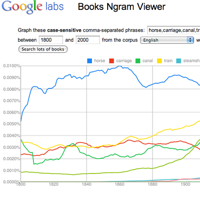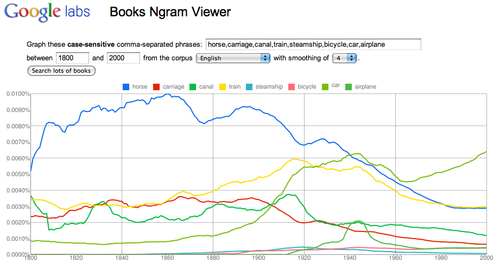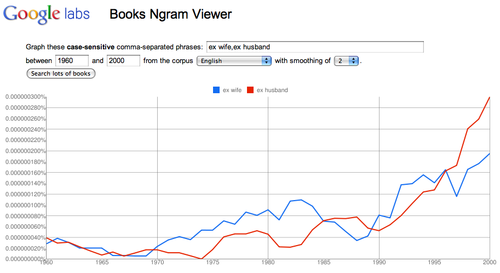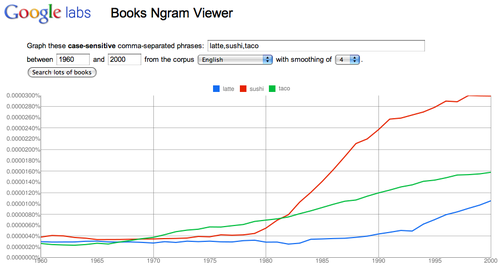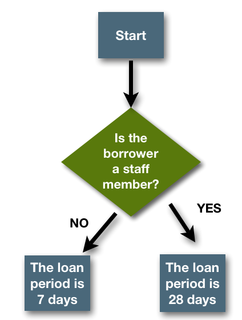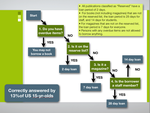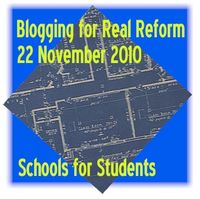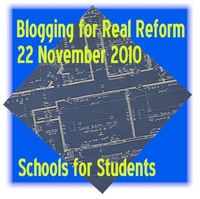 I rarely quote at length from a blog or news article, but I think this time I’ll break my rule. I first met Mel Riddile a few years ago when we co-presented at a conference. Since then we stay in touch via Twitter and by following each others’ blogs. Mel blogs on policy and practice for NAASP at The Principal Difference and tweets at @PrincipalDiff.
I rarely quote at length from a blog or news article, but I think this time I’ll break my rule. I first met Mel Riddile a few years ago when we co-presented at a conference. Since then we stay in touch via Twitter and by following each others’ blogs. Mel blogs on policy and practice for NAASP at The Principal Difference and tweets at @PrincipalDiff.
His recent blog post “Tests: Will they improve learning?” is a thoughtful response to the recent Science Journal study that concluded that “practicing retrieval produces greater gains in meaningful learning than elaborative studying.”
Mel does a good job of putting the research into the context of the classroom, but the segment I wanted to quote is his closing section – ”Look 4s for School Leaders.” It’s a succinct guide for principals, instructional leaders and can be used as reflective prompts by teachers. Put these in your toolkit and don’t forget they are all critical aspects to Common Core mastery.
(Note: They’re also a great companion to my post “Observing a Classroom? Watch the Students, Not the Teacher“)
Look 4s for School Leaders
- Closure and Learning – The focus of instruction is not what teacher teaches but what the students learn. The close of every lesson should focus on what the learner has learned not what the teacher has taught. The question is how does the teacher know that the students have learned and mastered the lesson unless there is some type of formative assessment–quiz, test, or activity.
- Remembering – The only evidence of learning is remembering. When observing a lesson ask yourself how does the teacher know that students will remember what they just learned?
- Checks for Understanding – Teachers should pause frequently during a lesson to check for understanding. How frequently? As a rule of thumb, teachers should check students understanding approximately every fifteen minutes, which approximates the attention span of the average adolescent. According to the Science study, one of the most effective checks for understanding is the quiz used as a formative assessment. Teachers can pause and ask students to write a summary or take a brief quiz on what they just learned. Immediately re-teaching a concept to a classmate may also be used to test practice retrieval.
- Timing is critical - When it comes to recall, tomorrow is too late. Teachers need to check for student understanding before students leave the classroom each day.
- Feedback – “Feedback is the breakfast of champions.” Unless students practice recall (retrieval) and get immediate feedback they will not remember.
- Defined Instructional Practices – Some students absolutely need a highly structured classroom room environment characterized by identifiable instructional practices, smaller units of instruction, more frequent assessments, coupled with frequent and immediate feedback. However, students who can function equally as well in low or highly structured classrooms are not penalized in any way by the use of structure. In other words, when in doubt, use a more structured approach.
- Formative Assessments – How often should students be assessed? How frequently students are assessed or asked to practice retrieval depends on their familiarity with the content and the student’s level of mastery. When students are introduced to new content or when they are struggling with a particular concept, they should be assessed more frequently. For example, the skills of proficient and advanced readers need only be assessed annually, while students reading at the basic level or below basic need to be assessed regularly. Frequent assessments mean more feedback. A quiz or summary essay at the close of a lesson will do more for student recall than extensive homework assignments.
- Mapping – Instructional strategies like “concept mapping” are effective, but they work better if they are used as part of “practice retrieval.” The act of creating a “concept map” in and of itself does not improve learning unless the student makes use of the map as a part of the “practice retrieval” process. Teachers should show students how to use the concept maps to review for a test and not assume that the students know how to do so.
Image credit flickr/mecredis
